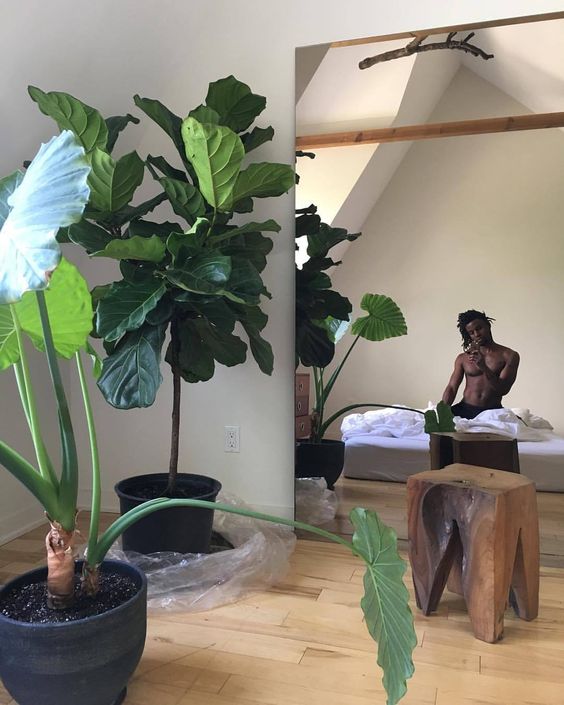Plants can indeed play a significant role in enhancing the quality of sleep through various mechanisms, ranging from air purification to psychological effects.
Here’s how plants can improve one’s sleep:
1. Air purification
2. Oxygen production
3. Humidity regulation
4. Aromatherapy
5. Psychological benefits
6. Noise reduction
7. Biophilic design
1. Air purification
Many indoor plants have the ability to filter out toxins and pollutants from the air, such as formaldehyde, benzene, and trichloroethylene. These pollutants are commonly found in indoor environments and can disrupt sleep by causing respiratory issues or irritation. Plants like the snake plant (Sansevieria), peace lily (Spathiphyllum), and spider plant (Chlorophytum comosum) are known for their air-purifying properties, which can promote cleaner and healthier air for better sleep.
2. Oxygen production
Through the process of photosynthesis, plants absorb carbon dioxide and release oxygen, thus increasing oxygen levels in the surrounding environment. Higher oxygen levels can improve overall air quality and promote better respiratory function, potentially leading to more restful sleep.
3. Humidity regulation
Some plants release moisture vapor through a process called transpiration, which can help regulate humidity levels in indoor spaces. Maintaining optimal humidity levels is crucial for respiratory health and can prevent issues like dry throat or nasal passages, which can interfere with sleep quality.
4. Aromatherapy
Certain plants emit fragrances that have been shown to have calming and relaxing effects on the mind and body, promoting better sleep. Lavender, jasmine, and chamomile are examples of plants known for their soothing scents, which can help reduce stress and anxiety, leading to improved sleep quality.
5. Psychological benefits
Simply having greenery and nature elements in the bedroom can have psychological benefits that contribute to better sleep. Studies have shown that exposure to nature, even in indoor settings, can reduce stress, lower heart rate, and improve mood, all of which are conducive to better sleep.
6. Noise reduction
While not directly related to the plant itself, large leafy plants can help absorb and diffuse sound, reducing ambient noise levels in the bedroom. This can create a quieter and more peaceful environment that promotes relaxation and deeper sleep.
7. Biophilic design
Incorporating plants into interior design schemes, known as biophilic design, has been shown to enhance overall well-being, including sleep quality. The presence of natural elements like plants can evoke feelings of connection to the outdoors and create a more harmonious and nurturing environment for sleep.
Plants can improve sleep quality through a combination of air purification, oxygen production, humidity regulation, aromatherapy, psychological benefits, noise reduction, and biophilic design principles.
By incorporating plants into the bedroom environment, individuals can create a more conducive space for restful and rejuvenating sleep.

